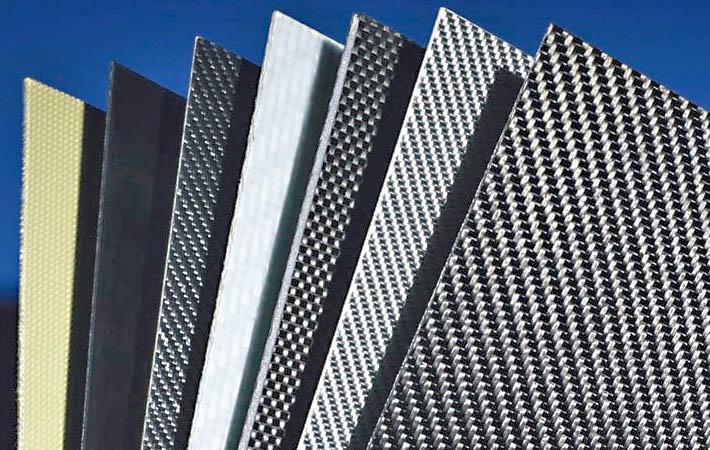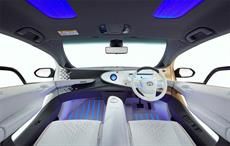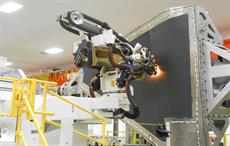Lanxess subsidiary Bond-Laminates is developing continuous-fibre-reinforced thermoplastic composites with recycled polycarbonate. Half of the matrix for the new products is recyclates, produced during recycling of reusable polycarbonate water bottles. These products will be used in laptop covers and housings for smartphones, tablets, e-books, and cellphones.
“Our primary target application for these products includes laptop covers and housings for smartphones, tablets, e-books, and cellphones,” said Dr. Dirk Bonefeld, head of Marketing and Sales, Consumer Electronics, Sports and Industry at Bond-Laminates.
With this latest innovation, Lanxess is responding to strong demand in the IT and communication technology industry for sustainable material solutions. Bonefeld added: “With these new composites, we are also offering this industry a robust, lightweight, and easy-to-process alternative to energy-intensive magnesium die-casting.” With a share of around one third of global consumption, the IT and communication technology industry – along with the household appliance and electrical and electronics industry – is the biggest buyer of polycarbonate.
The new product range is derived from Tepex dynalite, which is used in the mass production of high-strength structural components. The first, already in series production used material variant comprises a core made from glass-fibre fabric and top layers made from carbon continuous-fibre fabric. A second material type, which is about to be used in the series production of laptop covers, contains not only a matrix made from recycled polycarbonate, but also a randomly oriented fibre core made from carbon-fibre recyclate.Bonefeld said, “Both of these developments involving recycled materials exhibit outstanding mechanical properties. At 530 megapascals and 45 gigapascals, for example, the flexural strength and stiffness are at least as good as any new product already on the market. The processing characteristics are also identical.” Both products also exhibit high flame resistance and have passed the UL 94 flame-retardant test from US testing institute Underwriters Laboratories.
Large, reusable water bottles are manufactured using high-purity and high-transparency polycarbonate that is approved for use in products that come into contact with food. “Our recycled materials also benefit from this outstanding characteristics profile. The high degree of transparency is perfect for producing visible components, for example, with the highly regular arrangement of the continuous fibres making for a highly aesthetic decorative element,” said Bonefeld. “This is why we can easily imagine these new product types being used for decorative structural components in sporting goods or automotive components. In fact, we have received more and more inquiries from the sporting goods industry about recycled materials.”
Bond-Laminates is working to add additional sustainable fibre-reinforced composites to its material portfolio. Focus is on the use of recycled material from other post-industrial or post-consumer waste to manufacture the Tepex thermoplastic matrix. “We are also continuing to develop bio-based fibre and matrix systems and fully recycled carbon fibres.”
Fibre2Fashion News Desk (SV)


